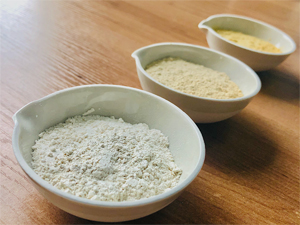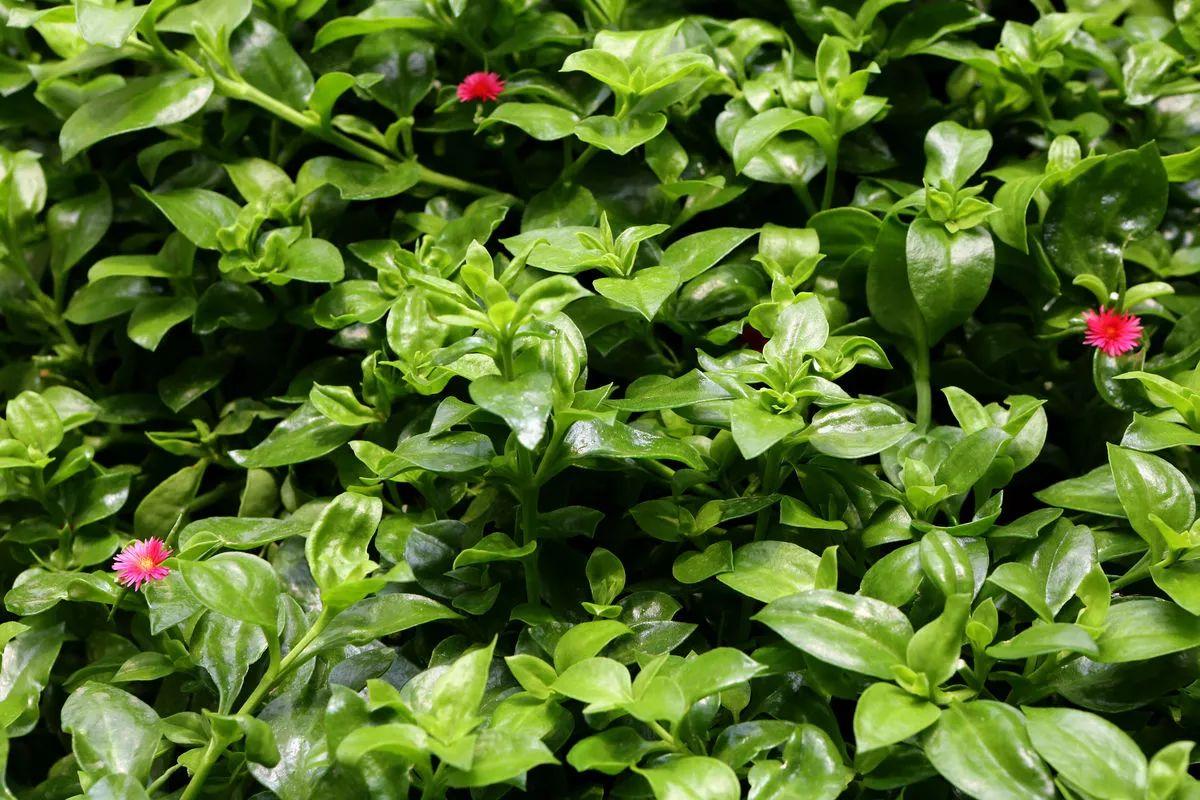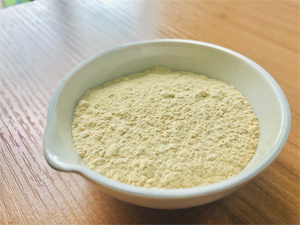-
PYRROLIZIDINE ALKALOIDS EU Regulation
From July 1, 2022 (tomorrow), the EU has a new import policy for the content of Pyrrolizidine alkaloids. If the content does not meet the standard, it may be returned or destroyed, resulting in heavy losses. In view of the harm of Pyrrolizidine alkaloids (PAS) to human body, the European Union is...Read more -
Water-soluble Soy Isoflavones 10%
As a food additive, soy isoflavones is widely used in tablets and capsules, but as an auxiliary material for food and beverage, it has only a very low market share, mainly because it is insoluble in water, or opaque after dissolving in water, layered for a long time, and the solubility is only 1g...Read more -

Ethylene Oxide Meets European Standards (Soy Isoflavones)
According to CCTV, the EU food safety agency recently reported that ethylene oxide, a first-class carcinogen, was detected in instant noodles exported by a foreign enterprise to Germany in January and March this year, up to 148 times the EU standard value. At present, the agency has issued a noti...Read more -

Andrographolide
Andrographolide is a botanical product extracted from a herb that occurs naturally in China. The herb has an extensive history of use in TCM for the treatment of upper respiratory tract infections and other inflammatory and infectious diseases. Andrographis paniculata was introduced and cultivate...Read more -

Resveratrol
Resveratrol is a polyphenolic antitoxin found in a variety of plant species, including peanuts, berries, and grapes, most commonly found in the root of polygonum cuspidatum. Resveratrol has been used to treat inflammation in Asia for hundreds of years. In recent years, the health benefits of red ...Read more -

Soy Isoflavones
In 1931, It is the first time to isolate and extract from soybean. In 1962, It is the first time to confirm that it is similar to mammalian estrogen. In 1986, American scientists found isoflavones in soybeans that inhibit cancer cells. In 1990, The National Cancer Institute of the United State...Read more





